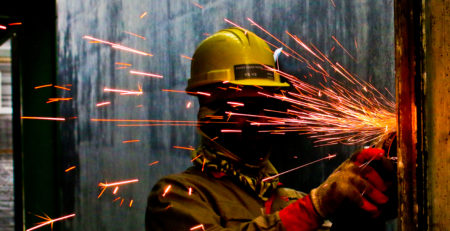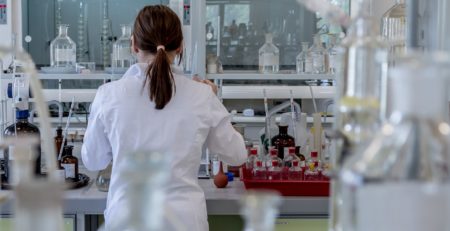Radon gas: what it is and how to reduce its risks
Although we hear little about it, radon gas is today, in Italy, the second cause of lung cancer after tobacco smoke. Radon is a natural radioactive gas, colorless and odorless, which comes from the decay of uranium and radium, that is the process by which a radioactive substance is spontaneously transformed into another, emitting radiation. These substances are naturally present on Earth: in rocks, soil and building materials.
These are the real risk factors for health. Once inhaled, decay products are easily deposited in lung tissue and within about 30 minutes they decay, emitting ionizing radiation that can damage cellular DNA. Some of this damage can persist over time and give rise to lung cancer. The greater the amount of radon and its decay products inhaled, the greater the likelihood that some of the damage will not be repaired and may subsequently develop into a tumor, especially if the cells are subjected to other carcinogens such as those contained in cigarette smoke.
The International Agency for Research on Cancer (IARC) of the World Health Organization has classified radon as a group 1 carcinogen, i.e. as a substance for which there is established evidence of carcinogenicity in humans.
Radon, which is produced in rocks or soil, tends to move away, transported by fluids or gases in the subsoil, until it rises to the surface. In the atmosphere it dilutes rapidly and its concentration in air is therefore very low. When it penetrates into enclosed spaces, however, it tends to accumulate, reaching concentrations harmful to health. It is for this reason that radon is considered a typical pollutant of closed environments.
One of the main causes for which the air rich in radon flows from the ground to the inside of closed rooms, is the depression that is created between the rooms and the ground, as a result of the difference in temperature between the inside and outside of the building (chimney effect). Other elements, such as the presence of openings and wind, can reduce or increase the depression due to the simple difference in temperature. The radon concentration can also undergo daily and seasonal variations. In general, the highest values are observed in the early morning hours, when the temperature difference between inside and outside is greater. For the same reason in winter the concentrations are on average higher than in summer.
In Apulia, Regional Law n. 30 of 03 November 2016, reports the “Concentration limit levels for new buildings” and “Concentration limit levels for existing buildings”:
a) for strategic buildings referred to in Ministerial Decree 14.01.2008 and intended for education, including kindergartens and nursery schools, the reference limit level for concentration of radon gas activity in the closed environment, and in all rooms of the building concerned, may not exceed 300 Bq/mc, measured with passive instrumentation
b) for basements, semi-basements and rooms on the ground floor of buildings other than those referred to in paragraph a) and open to the public, with the exception of residential and isolated technical rooms at the service of network installations, the reference limit level for the concentration of radon gas activity in closed environment cannot exceed 300 Bq/mc, measured with passive instrumentation. Are exempted from the obligation of measurement of ground floor rooms with a surface not exceeding 20 square meters, unless by virtue of structural connection with other rooms does not result in exceeding the size limit provided for the exemption, provided with adequate ventilation.
The most appropriate measuring instrument for long-term measurements is the so-called passive dosimeter that provides an average value of radon concentration in the air during the sampling period.
The dosimeters consist of a plastic container that houses an element sensitive to radon or alpha radiation emitted by radon and its decay products, visible under a microscope through a chemical treatment carried out in the laboratory.
If the measured level turns out to be higher than the limit value, the employer is required to implement corrective measures aimed at reducing the concentration to the lowest reasonably achievable level, by appointing an expert in radon remediation, who must meet the requirements reported in Annex II of Legislative Decree 101/2020. The employer shall implement the actions envisaged by the technician within two years of the issuance of the technical report and shall repeat the measurements every four years.
Actions to reduce the presence of radon in a room or building are primarily aimed at limiting the entry of the radioactive gas from the ground or its escape from building materials.
Reducing radon concentrations can be achieved in a variety of ways, generally at low cost, depending on the specific case. Some of the mitigation measures:
- hinder the entry of radon from the ground by creating a depressurization of the soil beneath the building
- increase the air exchange in the rooms, the introduction of “fresh air” allows to lower the concentration of radon in the room
- seal contact surfaces, seal cracks or crevices present, floors and / or walls, insulate the wall if the building material is radon-emitting
If you would like to request a consultation, the Studio Santoro team will be able to guide you in choosing the most suitable service for your needs.











